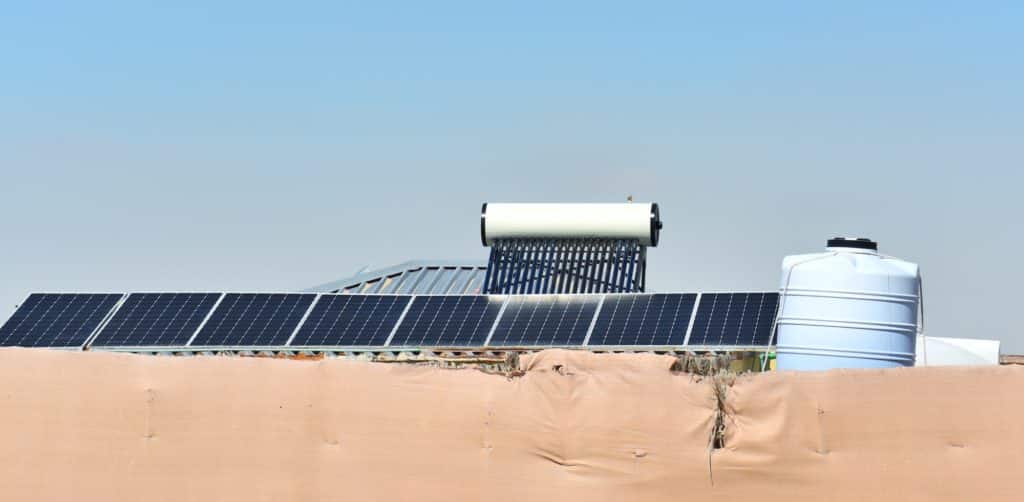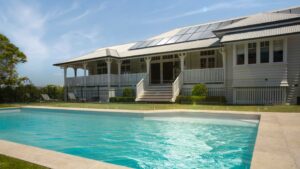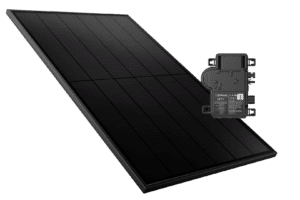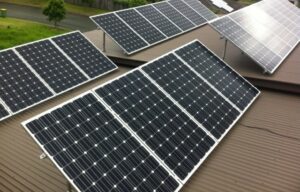Solar hot water systems are a fantastic way to save money on your energy bills and reduce your carbon footprint. But to get the most out of your system, it’s important to give some thought to where you place it.
After all, the sun doesn’t shine equally everywhere, and a shaded system is about as useful as a chocolate teapot (not very). In this post, we’ll go over the best locations for your solar hot water system, the importance of orientation, and how to avoid any pesky shade.
Brief Overview Of Solar Hot Water Systems And Its Benefits
Solar hot water systems, also known as solar thermal systems, use energy from the sun to heat water for domestic use or for use in industrial processes. These systems can be used for a variety of applications, including providing hot water for homes, hotels, swimming pools, and even for space heating.
There are several benefits to using a solar hot water system:
- Cost savings: Solar hot water systems can significantly reduce energy costs by using the sun’s free and renewable energy to heat water.
- Environmental benefits: Solar hot water systems do not emit greenhouse gases, making them a clean and sustainable option for hot water production.
- Increased energy independence: Solar hot water systems allow households and businesses to generate their own hot water, reducing their reliance on traditional energy sources.
- Government incentives: Many governments offer incentives and rebates for individuals and businesses that install solar hot water systems, making them an even more attractive option.

Factors To Consider When Choosing A Location
Proper placement of a solar hot water system is crucial in maximising its efficiency and ensuring that it functions at its optimal capacity. There are several factors that need to be considered when choosing the location for a solar hot water system, including sun exposure, distance from the water storage tank and distribution system, building orientation and shade, and local building codes and regulations.
- Sun exposure: Solar hot water systems rely on the sun’s energy to heat water, so it is important to ensure that the system is placed in an area that receives maximum sunlight. Installing the system on a north-facing roof is ideal, however east and west facing is also suitable depending on the roof pitch.
- Tank position: The location of the hot water storage tank will be selected by a licensed plumber after taking into consideration the existing distribution system and the most frequently used hot water taps.
- Building orientation and shade: The orientation of the building and the presence of nearby objects that may cast shadows on the solar hot water system should also be considered. Shadows can significantly reduce the system’s efficiency, so it is important to avoid placing the system in an area that is prone to shading.
- Local building codes and regulations: It is important to ensure that the placement of the solar hot water system complies with local building codes and regulations. A professional installer is adept at navigating local building codes and regulations to ensure that the solar hot water system is installed correctly and efficiently.
Roof vs. Ground-mounted Systems
Roof-mounted and ground-mounted solar hot water systems are both options for capturing the sun’s energy to heat water. Roof-mounted systems are installed on the roof of a building, while ground-mounted systems the tank is installed on the ground with only the panels being on the roof.
Similar to real estate, when it comes to solar hot water systems, location matters.
Roof-mounted system
Pros:
- Can be installed on any type of roof, including flat or pitched roofs
- Can be easily integrated into the existing building design
- Take up less space on the property
Cons:
- May not be suitable for roofs that are in poor condition or that cannot support the weight of the system
- May not be as efficient if the roof is shaded or if the roof orientation is not optimal
Ground-mounted systems
Pros:
- When roof space is limited, solar hot water may still be achievable.
- May provide the best position for hot water delivery to the home.
Cons:
- May take up more space on the property
- May require more complex installation and may be more expensive to install
When deciding between a roof-mounted or ground-mounted system, it is important to consider the specific characteristics of the location and property, as well as the goals and needs of the user.

A professional solar hot water system installer can help determine the best option for a specific location.
Best Practices For Placement
To maximise the efficiency of a solar hot water system, there are several best practices to consider when choosing its placement.
- Optimal tilt angle: The angle at which the solar hot water system is installed can have a significant impact on its efficiency. The optimal tilt angle will vary depending on the latitude of the location, with the ideal angle being equal to the latitude plus or minus 15 degrees. For example, at a latitude of 35 degrees, the optimal tilt angle for a solar hot water system would be between 20 and 50 degrees.
- Proper orientation towards the sun: In addition to the tilt angle, it is important to ensure that the solar hot water system is properly oriented towards the sun. For systems in the Southern Hemisphere, the system should ideally be oriented towards the north.
- Avoiding shadows: Shadows from nearby objects can significantly reduce the efficiency of a solar hot water system. It is important to avoid placing the system in an area that is prone to shading from nearby trees, buildings, or other objects.
Final Thoughts
Don’t be afraid to let your solar system soak up all that sunshine! Similar to real estate, when it comes to solar hot water systems, location matters. With a bit of research and expert guidance from a professional installer, you can ensure that your system is positioned in the best possible spot to maximise its performance. The sun is one of the most powerful and inexhaustible sources of energy on our planet, so take advantage of it and start heating your water in a sustainable, cost-effective way!







